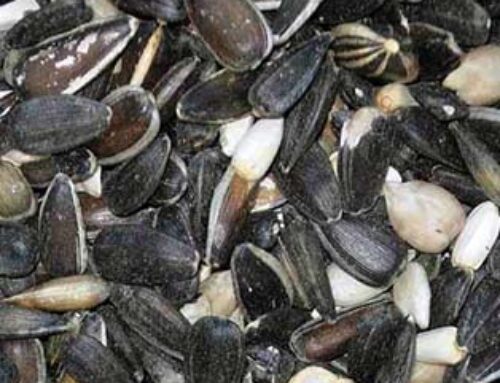After having been gone for several weeks, we returned to empty bird feeders and a quiet yard, but inevitably soon after we filled them, the birds returned. Usually it’s the bigger, bolder blue jays to show up first, but they were soon followed by the smaller birds. Today, on this gloriously mild and sunny November afternoon, we sat on our deck watching and listening to a flock of American goldfinch scavenging both on the ground and on the upright feeder. In earlier times, people referred to these birds as ‘wild canaries’ and certainly the males bright yellow plumage in the summer and cheerful singing voice makes this title understandable.
We are hopeful that these birds will stick around all winter, even though they are not wearing their brilliant summer plumage. Right now, both the males and females are a dullish gray green on their backs, with some distinct black and white stripes on t
Goldfinc

Late Nesters
Because they use the down of the thistle flower to line their nests, the goldfinch is the last to nest in the summer season, usually only having enough time to raise one brood of young. The nests are small cuplike affairs, with the aforementioned down providing a soft bed for the chicks. The rest of the nest is constructed of strips of bark or leaves, but most intriguing is the fact that they use spider webs or caterpillar silk to hold the outer material in place, wrapping it around and around the cup. The nest is so well built, so ‘tight’, they’re said to hold water. They often last through the winter months and you may find one on a low branch after the leaves have fallen, but the goldfinches normally do not return to last summer’s nests.
Nyjer Seeds
Besides the black sunflower seeds, goldfinch love thistle seeds, also known as Nyjer and since these will be harder to come by as the snow piles up, you can attract more of these little finches with a special thistle feeder. You can see in the photos above the variety of ways to offer thistle to the birds. If you have a grassy field, you might also see the birds foraging on the long stems of various grasses and weeds, supplementing their diet with wild food. As winter advances the goldfinches will be joined by other songbirds, such as redpolls and pine siskins at the thistle feeders, adding even more color and activity to your yard.



